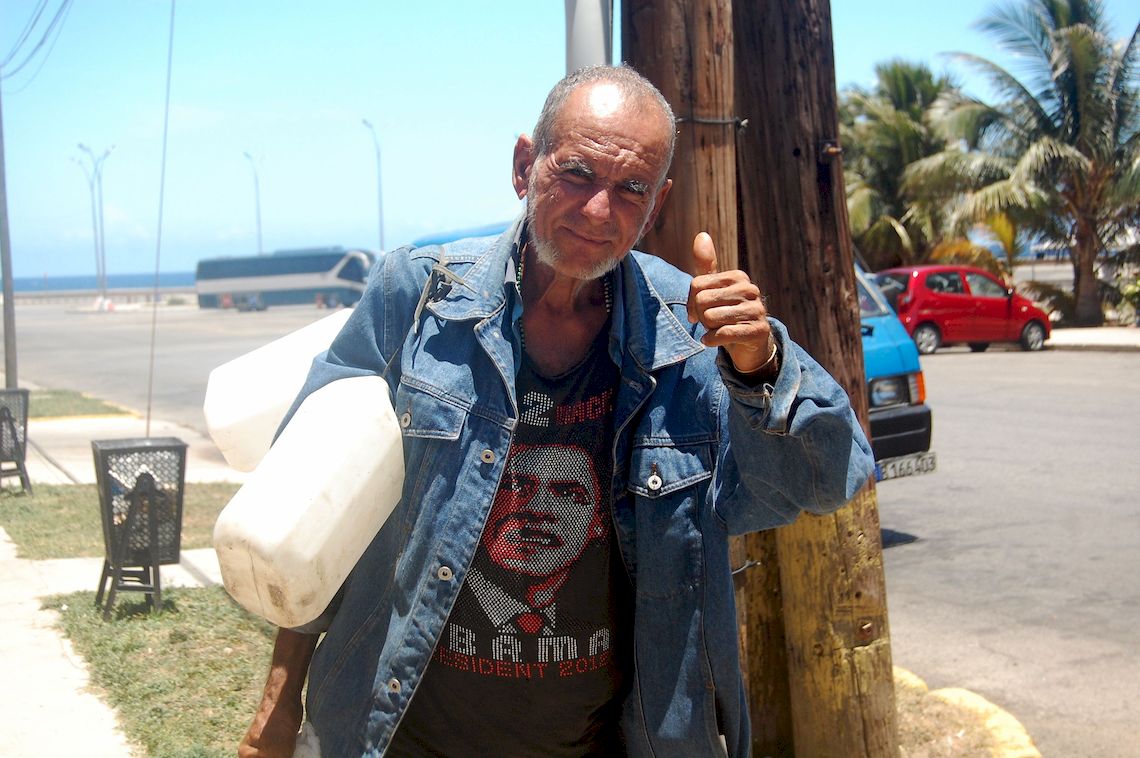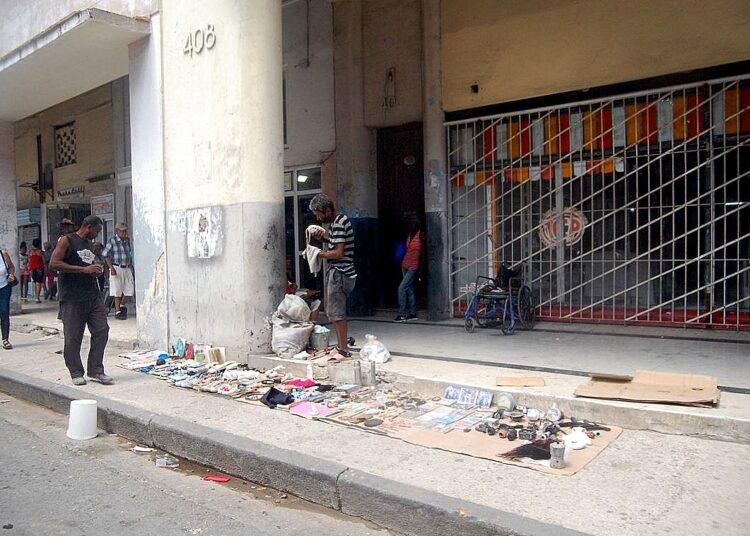Latin America and the Caribbean will experience moderate growth in 2025, with two exceptions: Cuba and Haiti. According to the Economic Commission for Latin America and the Caribbean (ECLAC), they will be the only national economies in the region to end next year in recession.
According to the document Economic Survey of Latin America and the Caribbean, 2025: resource mobilization to finance development, GDP growth in 2024 and projections for 2025 and 2026 place the island only ahead of Haiti in the region.
The United Nations agency’s survey predicts that Cuba’s GDP will contract by 1.5% and Haiti’s by 2.3%, figures that place the two nations at opposite poles compared to the regional average growth, which the agency estimates at 2.2% for 2025.
This trend contrasts with the positive projections for countries such as Argentina, Panama and Paraguay, which will lead regional growth, while most of the remaining countries will see more modest progress in their economies.
Argentina (5%), Panama (4.2%) and Paraguay (4%) appear as leaders in the table, followed by the Dominican Republic (3.7%), Guatemala (3.6%) and Costa Rica (3.5%), according to the report presented this Tuesday.
More moderate growth is projected for Honduras (3.2%), Nicaragua (3.1%), Peru (3.1%), Uruguay (2.8%), Colombia (2.5%), Chile (2.4%), El Salvador (2.4%), Brazil (2.3%) and Venezuela (2%).
Further behind, although still showing growth, are Bolivia (1.5%), Ecuador (1.5%) and Mexico (0.3%).
Five years of crisis and no signs of improvement
The Cuban economy is going through its worst period since the 1990s, when the Soviet Union and the countries of the communist bloc imploded.
The decline announced by ECLAC for 2025 is just the latest chapter in a persistent crisis that has led the country to experience a cumulative decline of more than 11% of its GDP between 2019 and 2024.
Cuban Economy Minister Joaquín Alonso has publicly acknowledged the magnitude of the crisis, which has manifested itself in severe foreign exchange deficits, chronic shortages of food, medicine and fuel, and dramatic reductions in key sectors such as agriculture and industry.
The most visible blow to the population is the deterioration of daily life: long periods of blackouts lasting more than 20 hours in numerous areas, both urban and rural, increasingly deficient public transportation, a lack of basic supplies and runaway inflation that daily erodes the purchasing power of state employees, pensioners and retirees.
Meanwhile, exports and tourism revenues have plummeted, while the external debt has become unsustainable and mass emigration has reached one million Cubans in just three years.
Chronic inflation and impoverishment
The ECLAC report classifies Cuba as one of the five countries with “chronic inflation” in the region — ranking third — forcing its exclusion from the regional averages.
In 2024, the consumer price index increased by around 30%, and although the government projects a moderation to 25-30% in 2025, independent analysts question the credibility of the official figures and point out that real inflation has trended between 20 and 40% in recent months.
At the same time, the social impact is severe, as the abysmal imbalance between wages and prices, coupled with shortages, have drastically reduced household purchasing power, leading to unprecedented poverty levels. Added to this is the naturalization of poverty, a proliferation of the informal market and the perception of economic stagnation with no immediate prospect of improvement.

The embargo and other structural factors contribute to the economic deterioration
The U.S. economic embargo, dating back to 1962, remains one of the factors most cited by the Cuban government to explain the national deterioration.
According to official estimates and those of international organizations, the embargo has resulted in losses exceeding $130 billion since its imposition.
According to figures released by Foreign Minister Bruno Rodríguez in 2024, Washington’s sanctions represent an approximate impact of more than $421 million per month, more than $13.8 million per day, and more than $575,683 in damages for each hour of the blockade.
U.S. punitive actions limit the island’s ability to access international financing, technological resources and markets, and contribute to increasing the cost and disrupting the supply of essential goods such as food, medical supplies and energy.
However, independent analysts and multilateral organizations emphasize that the causes of the crisis go beyond the embargo.
They point to structural distortions in the Cuban economic model: the lack of foreign investment, limited private participation, low productivity and excessive centralization in decision-making.
The collapse of strategic alliances and the partial withdrawal of support from former partners such as Russia and Venezuela have aggravated the country’s external vulnerability, increasing its exposure to global crises and internal shocks.
Cuba closes first half of year with 25% fewer tourists than in same period 2024
While ECLAC forecasts a mere 0.1% growth rate for 2026 — equivalent to stagnation — Havana is banking on a gradual takeoff supported by the recovery of tourism and greater efficiency in basic industries.
However, experts agree that without structural adjustments and incentives for the private sector, the long-awaited recovery will be unlikely to materialize.
Cuban economist Pedro Monreal noted on his account that the ECLAC survey “forecasts two additional years of economic hardship for Cuba: recession with a 1.5% decline in 2025 and stagnation with minimal growth of 0.1% in 2026. Only Haiti would be worse off.”
The expert added that “another interesting fact from the ECLAC report is that Cuba is classified as a ‘country with chronic inflation’ (the third highest in 2024), that is, among the five countries with such poor inflation figures that they were excluded from the calculation of regional and subregional averages.”
Aside from the Cuban and Haitian collapse, the Latin American and Caribbean region faces its own “low-growth trap,” in the words of ECLAC, which is why the organization urges accelerated domestic resource mobilization, fiscal transformation and greater international cooperation if another lost decade is to be avoided.










